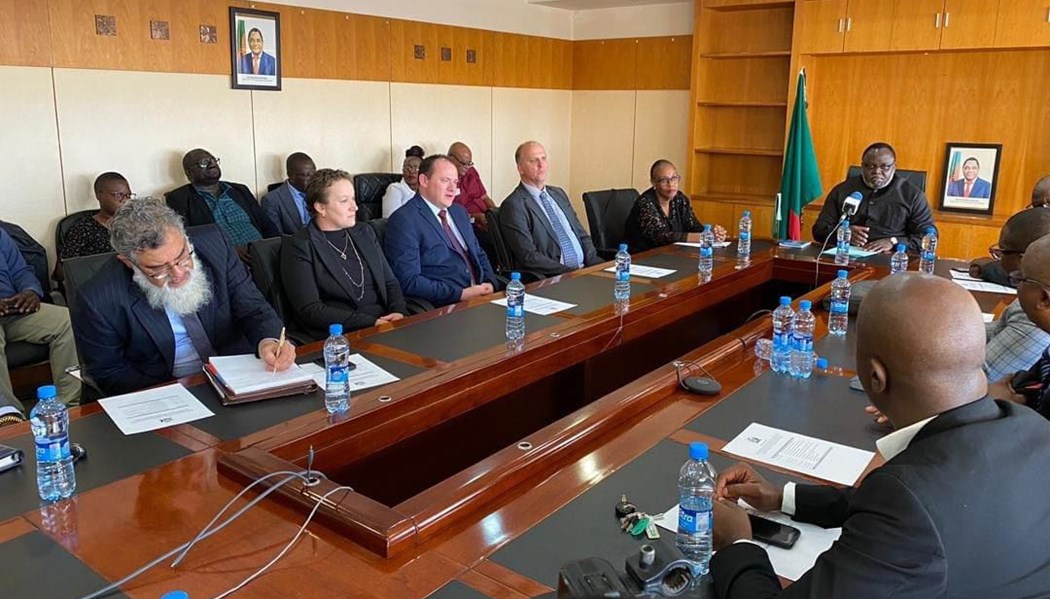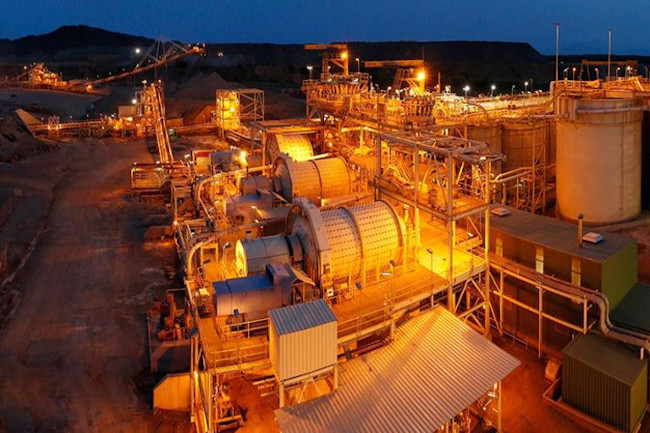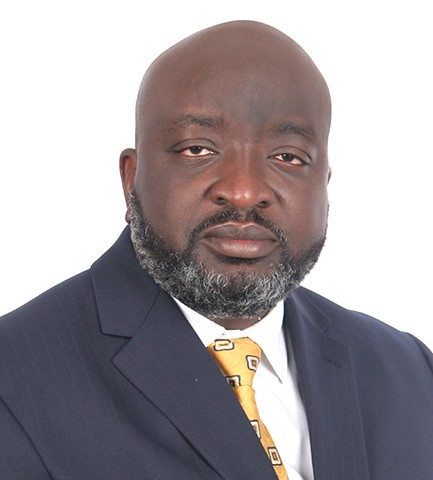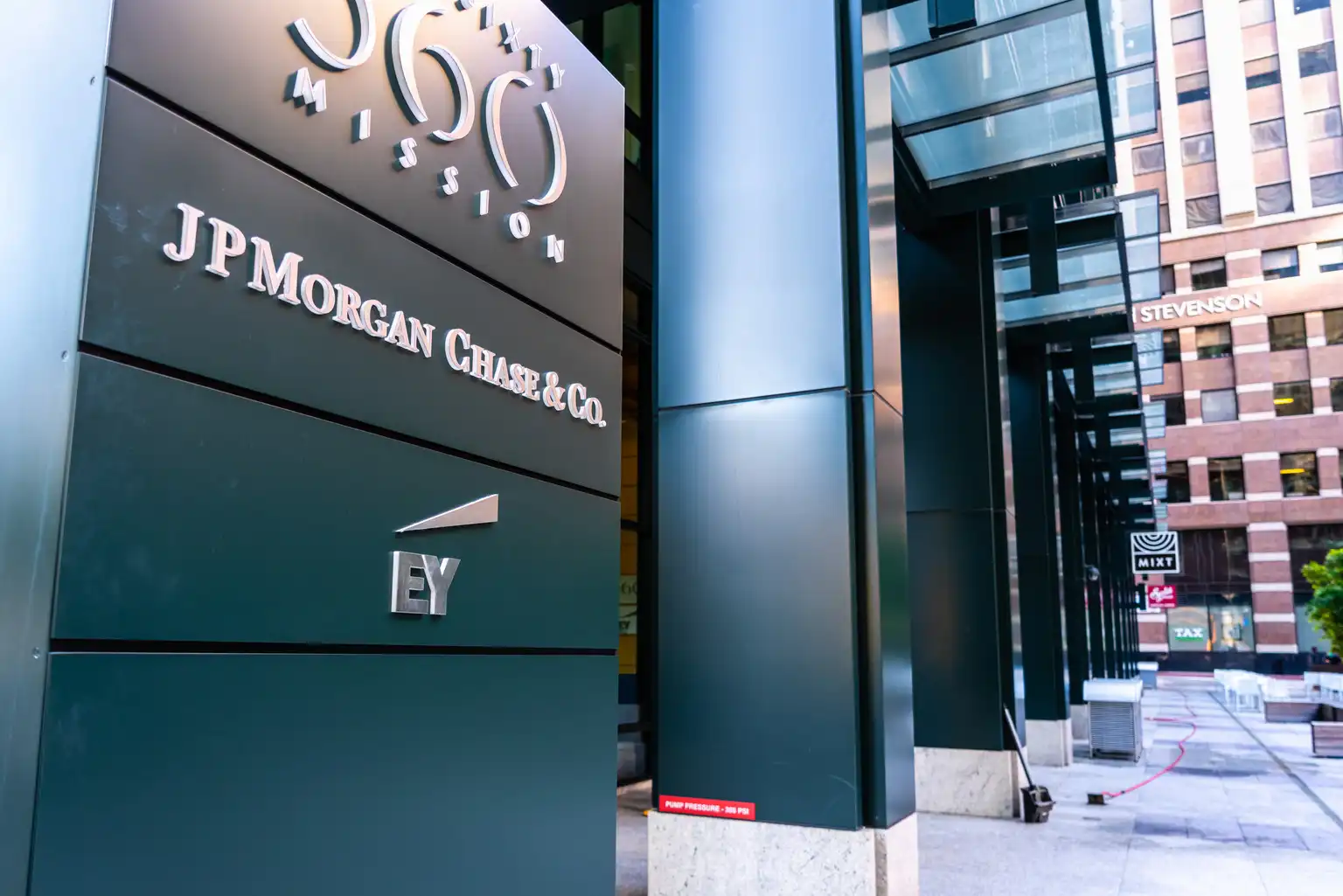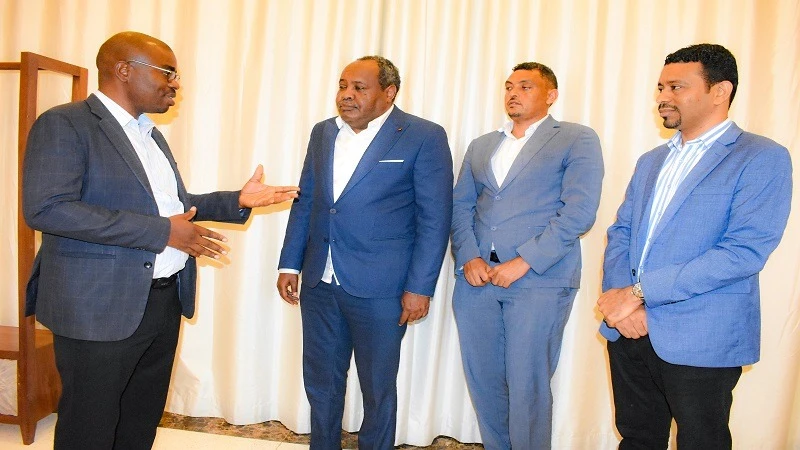Other

Tech may find Saudi Arabia’s mineral wealth but mining will take years
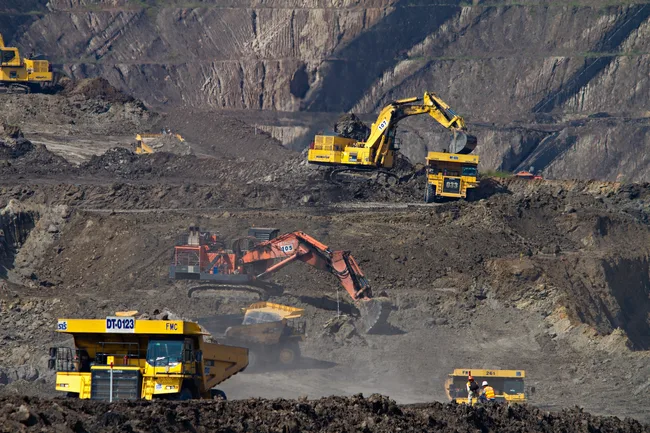
The rocky hills of western Saudi Arabia hide huge wealth, prospectors insist. The crags and crevices are part of the Arabian-Nubian Shield, an exposed Precambrian rock formation which runs from the west of the kingdom across the Red Sea to eastern Egypt and Sudan. 7
The government estimates total mineral wealth at $2.5 trillion, more than double the kingdom’s annual GDP. Much of this is reckoned to lie somewhere in the crystalline rocks along the western coast.
Saudi Arabia hopes to increase mining’s contribution to overall GDP from $17 billion to $75 billion by 2030 as part of diversification efforts. In January, it issued exploration tenders for a combined area of 25,000sq km, roughly the size of Rwanda, mostly within the Arabian-Nubian Shield.
But analysts say that the exploration phase is likely to be lengthy and that it could be years before the kingdom becomes a competitive minerals exporter. International companies competing for a chance to hunt for rare metals hope that deploying new technology may give them the edge over their rivals.
Saudi Arabia has become one of “the most exciting regions” in the world when it comes to mining, according to Flavia Tata Nardini, co-founder and CEO of Fleet Space, an Australian company. “Big picture, the kingdom is positioned to be a fundamental pillar for global mining innovation.”
Fleet Space owns satellite technology that scans the earth’s subsurface for minerals. In January it signed a memorandum of understanding with Ma’aden, the Saudi state-owned mining giant, and Tahreez, a local tech company, to search for minerals.
Fleet Space’s technology is already in use by major mining companies including Rio Tinto and Barrick Gold. It allows mineral hunters to see seven kilometres under the ground and to create 3D images of substrate layers.
For thousands of years, societies inhabiting the land above the Arabian-Nubian Shield have hacked gold, copper, silver, and zinc out from its rocks. Saudi Arabia already has gold and copper mines in operation but it hopes to increase its output to globally competitive levels.
Much of the kingdom’s mining is controlled by Ma’aden. The company has said it hopes to become the most valuable mining operation in the world by assets by 2040.
It operates a two-year-old joint venture with Arizona-based Ivanhoe Electric, a publicly-traded surveyor which produces geophysical surveys identifying mineral deposits such as copper, nickel, gold and silver. Ivanhoe says the Arabian-Nubian Shield will be the largest testing ground to date for its technology.
In January, the joint venture identified three areas suitable for drilling. Its search for viable mineral reserves is continuing across an area of 48,500sq km. Responding to the news, Ma’aden’s CEO Bob Wilt said that “these cutting-edge technologies are the right tools to unlock the vast mineral potential of the kingdom”.
But so far the company has struggled to increase output and net profit drastically. Last year, it recorded profits of SAR 2.9 billion ($765 million) down from SAR9.3 billion ($2.5 billion) in 2023. Last year, the company spent a record SAR8.4 billion on capital investment and plans to maintain or increase this level of investment this year.
“Saudi Arabia is able to deploy capital more quickly and more intensively than anyone else,” said Ionut Lazar, principal consultant at CRU, UK-based mining consultants, “but mining takes a long time to develop.”
Currently, exploration in the kingdom has “barely scratched the surface,” said Lazar. While Saudi mining shows the potential to be highly profitable, finding provable reserves of minerals is a long process.
“I would never rule out the possibility of a massive mining hub forming on the Arabian Shield, but the thing is to just be reasonably realistic with timings,” Lazar said.
The kingdom is now the world’s sixth largest producer of phosphate, the most abundant mineral under its sands. When it comes to rare metals, its production is more modest. It is the world’s 27th largest gold producer. For copper, zinc, and lead, it is even further down the list.
“The hardest part of mining is finding ore bodies,” said Mark Bristow, the CEO of the Barrick Gold, a Canadian operator.
Barrick is currently the only international company mining in Saudi Arabia. Bristow said that it hopes to invest in new exploration tenders as they come online, particularly those in the Arabian-Nubian Shield, but that any exploration will take a long time to complete.
“There’s no magic to it,” Bristow said. “You know, you don’t just fly a machine over an area of the planet and locate mines. Neither do you just hook your AI-doofy onto your belt and walk around.
“It’s all about layered information and highly skilled scientists combined with a little bit of art and a lot of hard work.”




